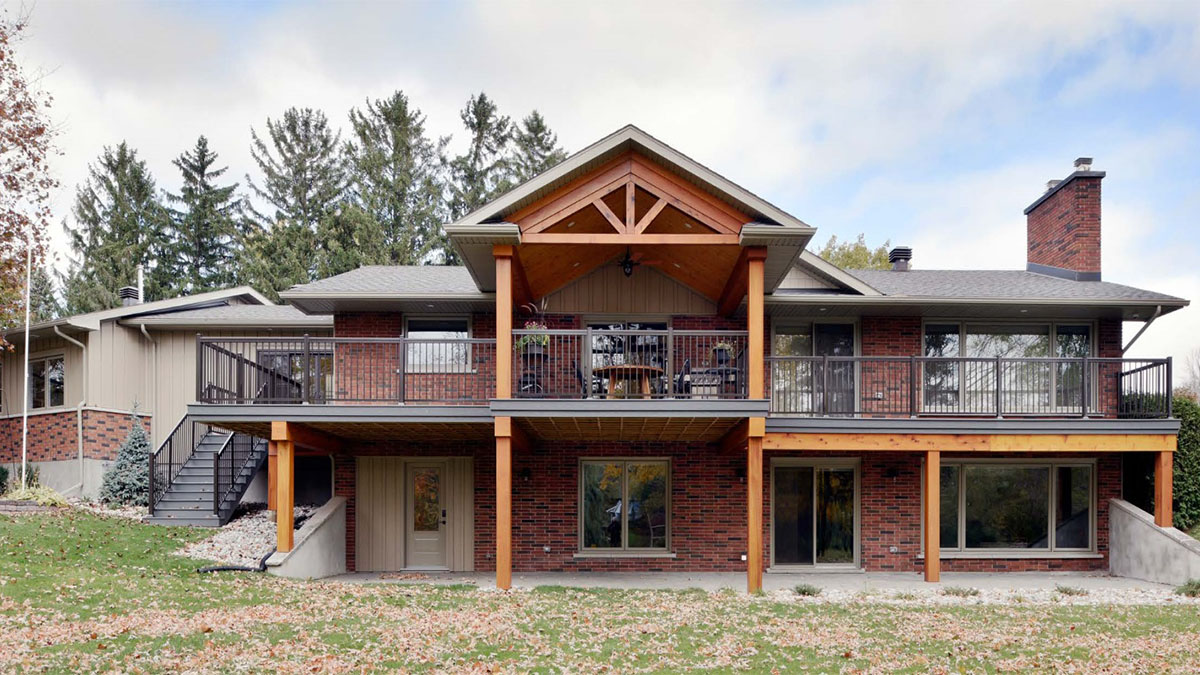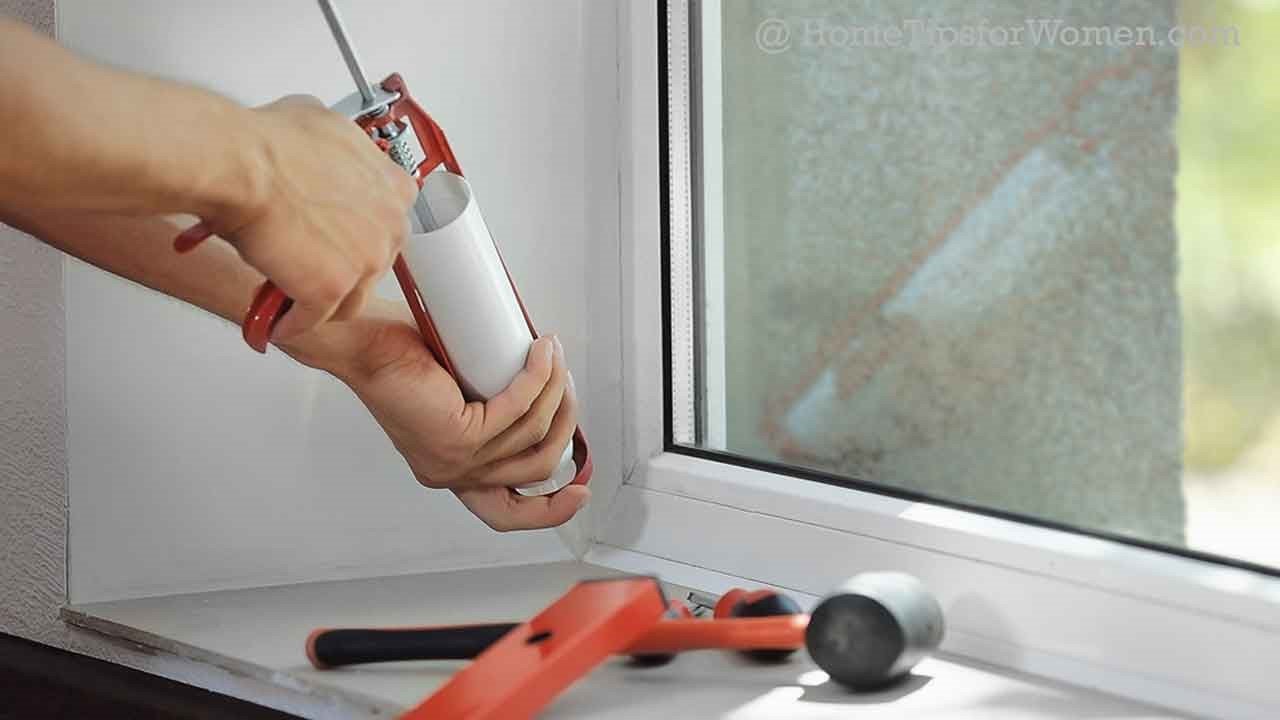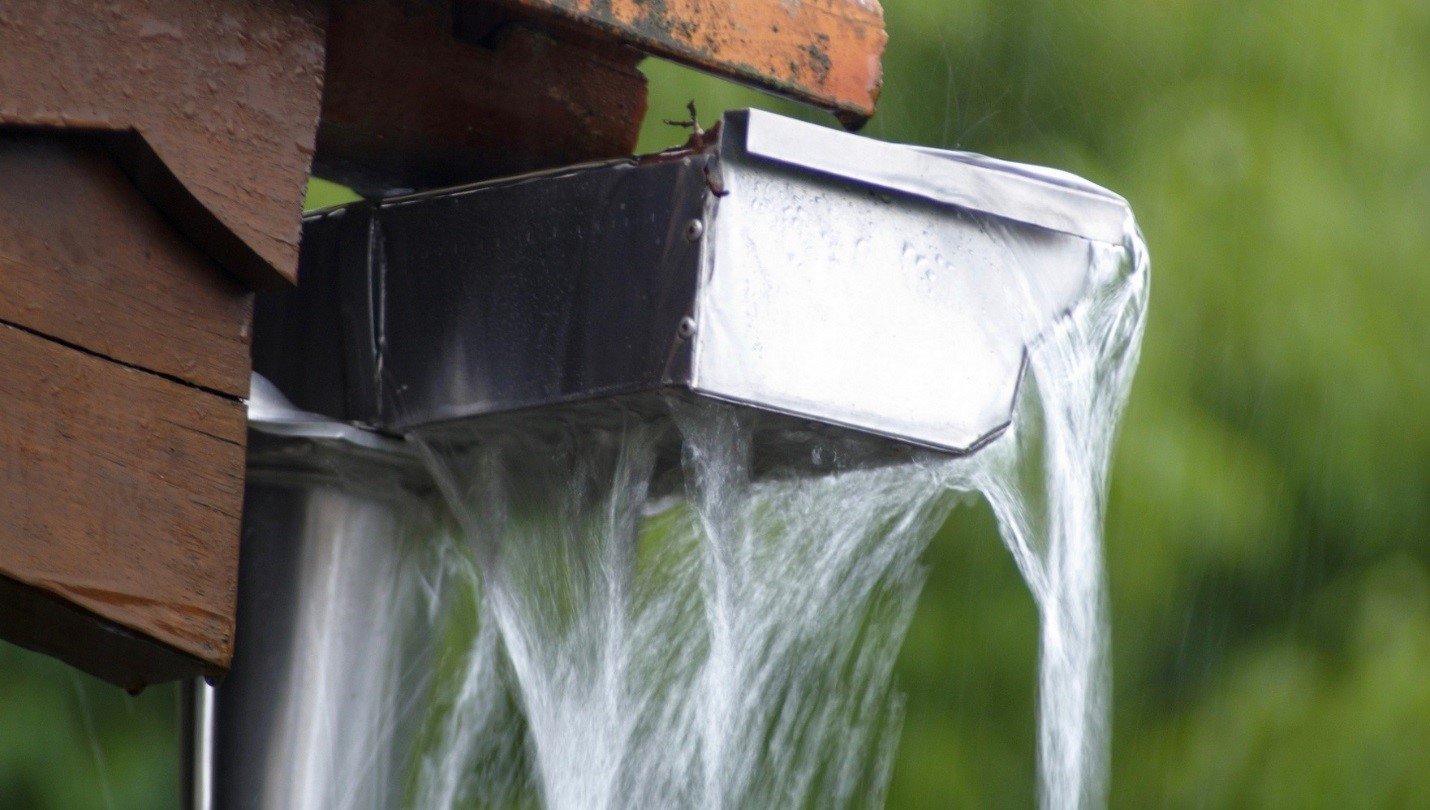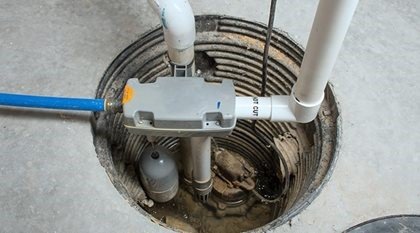
Just like you, your home can benefit from a “health” physical.
For its upkeep and well-being, to keep it always looking its best, and to prevent costly breakdowns, it needs a maintenance schedule.
HEATING AND COOLING SYSTEMS
- Replace furnace filters. This will make it easier to regulate your home’s temperature. It will also decrease utility bills every 3 months.
- Have your ducts cleaned. This will improve furnace performance and ensure clean air in your home. Dryer vent cleaning is important because lint is extremely flammable.
- Adjust your thermostat for the warmer weather ahead.
- Uncover AC and clean the AC condenser coils. Important: *Make sure power is turned off to the unit before performing any work on it. *
- Clean and clear debris from around the unit.
- Check coolant lines
- Test the unit

WINDOWS
- Inspect seals and caulking ensuring for a leak-free Spring.
- Check screens for holes to keep bugs and critters outside.
- Check operation of cranks to make sure all windows are operating smoothly. (Binding windows can indicate unwanted pressure or strain on a window.)
- Check basement window wells to make sure they are free of debris and are draining at an adequate rate to prevent overflows.

GUTTERS
- Check that the gutter is secure.
- Check end caps and all connection points for leaks. Re-seal with gutter caulking if necessary.
- Ensure all downspouts are pointed away from your home.
- Ensure water is not pooling against your foundation. If so, redirect the source of water or divert it away with grading or landscaping.
- Use rain barrels. They’re a great solution for diverting water for providing water storage for your gardens throughout the summer.
- Ensure all debris is free and clear and water is able to flow freely.

GUTTERS
- Test that your sump pump is operating properly. Make sure the “max” and “min” water level settings are positioned correctly.
- Consider a battery backup, especially if your pump runs several times an hour.
- Consider installing a secondary pump in case of primary pump failure, because constant operation can be hard on pumps. Check your basement floor for any damp areas or pooling water.
- Inspect your foundation wall for any cracks. Cracks will usually appear on the corners of the basement window, at elevation changes or where there are heavy loads (the beam location).
- If water is present, consider calling a foundation repair expert to assess the problem and suggest reasonable solutions – for example, crack repair, tile drainage repair, a new damp-proof membrane.

EXTERIOR CLADDING, DECKS AND WALKS
- Wash the exterior of your home. See if caulking joints, flashings, soffit, and fascia are still intact after a harsh winter.
- Ensure any gaps or cracks are filled.
- Turn your outside water back on for the year. Test the valves to make sure they don’t leak. Water is costly.
- Test your outdoor power outlets. If there are any issues, consult a licensed electrician.
- Clean walks and driveways. If gaps and cracks are present, fill them with patching compound. Water penetrating those cracks will cause further damage in coming winters.
- Clean decks and stain. Inspect the condition of the frame and deck surface. Replace any rot immediately. It will spread – similar to rust on your car.
- TSP (Trisodium Phosphate) and bleach make a wonderful deck surface-cleaner (along with elbow grease and a stiff brush).
- If you re-stain your deck, make sure you start with a clean dry surface and plan for 24 hrs of dry time (good luck).



















